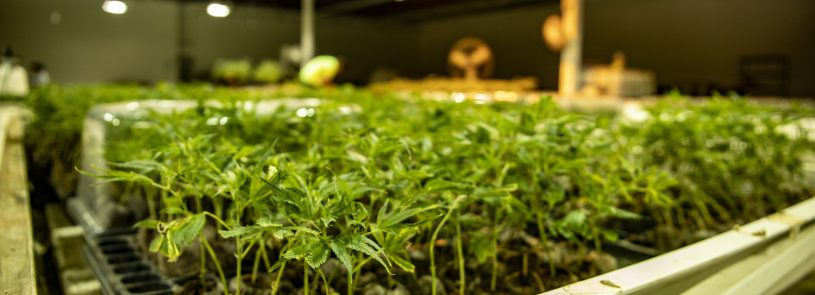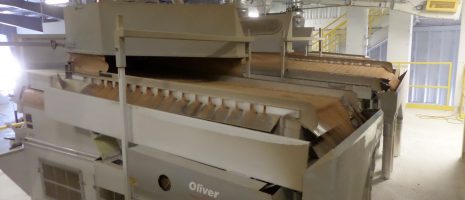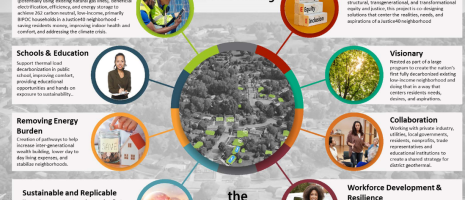AI and automation among Controlled Environment Agriculture trends

By Luke Streit
AI, automation, and standardization are at the forefront of controlled environment agriculture (CEA), an industry that has been slow to adapt overall. But these tools, among others, will be critical in producing consistent crops.
I recently attended the Indoor AgTech Innovation Summit in New York, where I heard from some of the top experts in CEA about the trends and technologies that are changing and improving indoor growth facility capabilities. The conference theme, “Putting CEA at the Center of Sustainable Food Supply,” set the tone for the discussions, many of which were about product innovation, technology, and cost- and energy-reduction efforts. The main themes I encountered were:
- To drive automation and AI forward, an associated skilled labor is needed to manage and maintain the technology.
- A base level of standardization, driven by controlled variables and repeatable outcomes, is needed. This will keep costs down.
- CEA needs to reduce energy consumption through energy efficiency improvements, reduce physical waste by changing to a different type of grow medium or adjusting a process, and reduce water consumption and chemical usage (fungicide/pesticide/herbicide).
- Capital for CEA is very expensive, and experts project less capital growth in the near future.
- Seed innovation and research, particularly in genetic improvements, is important for the overall success of the CEA industry and indoor growth environments.
- Public-private partnerships will be needed to help level the playing field between indoor and outdoor agriculture, with incentives similar to traditional outdoor agriculture.
Among these trends, several speakers highlighted the need to use proven technology and models, rather than experimenting with new systems that could have a low ROI. While innovation is always moving the industry forward, it’s important to manage expectations and invest in technology that has proven advantages such as cost-savings, consistency among crops, efficiency, and waste reduction. One of the panelists said something that really stuck with me: “Don’t go technology chasing; go problem chasing.”












